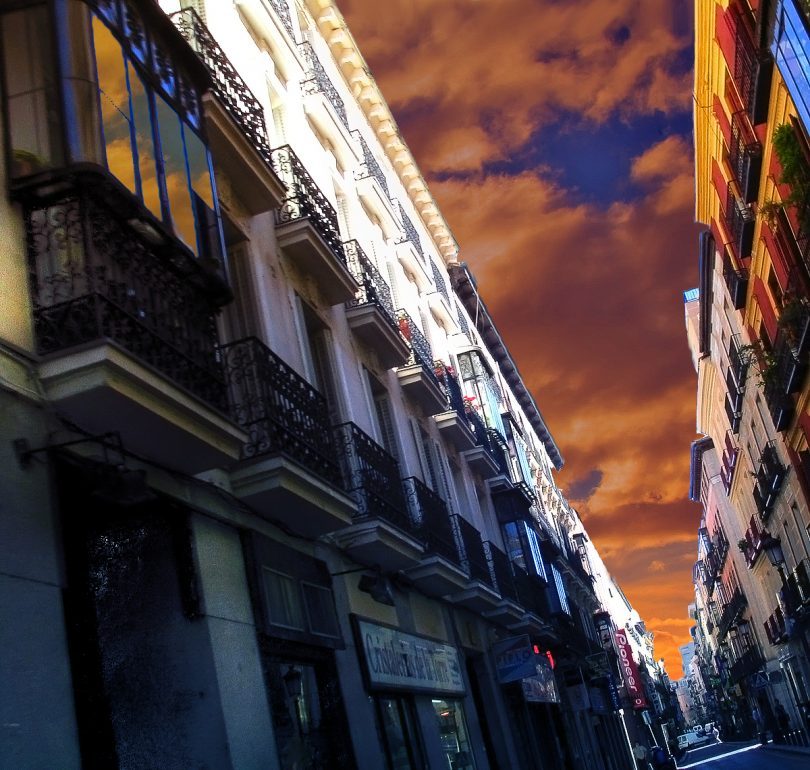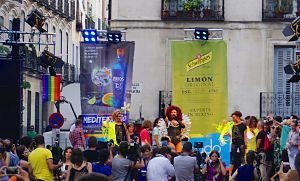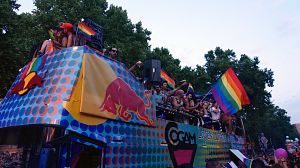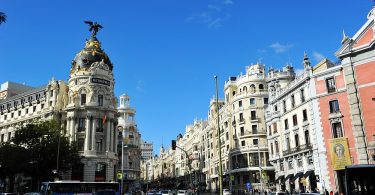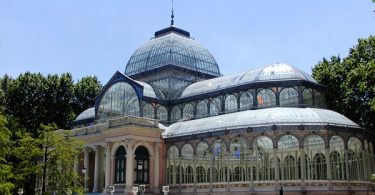Chueca is the ultimate LGTBI neighbourhood in Madrid. You have probably been to this neighbourhood during Gay Pride, or you may have visited its taverns, bars and squares to have a good time.
Today, the team from ShMadrid is going to fill you in on the history of the Chueca neighbourhood. You will learn a bit more on the ins and outs of this neighbourhood in Madrid. It is well-known for its respect, tolerance and relaxed atmosphere, but what about its peculiarities and its secrets?
Keep reading to find out everything there is to know about Chueca!
Related article: The Districts of Madrid
What you probably don’t know about Chueca
Have you ever wondered why this neighbourhood carries the name Chueca? It is in fact the result of a heartfelt tribute to one of Madrid’s composers, called Federico Chueca.
This talented artist composed many works of great importance, such as zarzuelas and operas. He was born in 1846 and was a purebred castizo, and this is confirmed by going over the titles of his compositions, for instance La alegría de la huerta, La Gran Vía and Vivitos y coleando.
Not many people know that the neighbourhood was once called Barrio de la Justicia, and that Chueca is part of this neighbourhood in the central district. And although this part of the neighbourhood is known as Chueca, truth is, that it is not really a neighbourhood at all, because it is not registered as an administrative body.
The now popular and well-known Plaza de Chueca was previously called Plaza de San Gregorio, and the name change took place in honour of the composer in the year 1943.
Some historic buildings in Madrid refer to legends and you might get goosebumps when you visit these monuments. Take for example Casa de las Siete Chimeneas (The House with the Seven Chimneys), which is one of the quietest and most characteristic places in the neighbourhood, located at Plaza del Rey.
Related article: Madrid’s Rock Neighbourhoods
This 16th century palace has been a large part of Madrid’s history, and they say that the spirit of a woman named Elena haunts the rooms of this palace. They believe she died of grief when she lost the love of her life in the war in Flanders, but her body has disappeared without a trace… Ever since that time, many people have experienced things here that cannot be explained, and this has even been captured on Cuarto Milenio, a programme hosted by Iker Jiménez.
The Chueca neighbourhood hasn’t always lived by today’s social and human values. In the 1970s, the area was linked to prostitutes and drugs, resulting in many shops having to close, and then the neighbourhood became practically deserted.
After a few years, however, several shop owners returned and rebuilt the neighbourhood. This led to spectacular changes in the neighbourhood, and you can still see that today.
Before you visit la iglesia de San Antón (church), try to discover some of its many curiosities. One anecdote that always gets the attention from its visitors can be found on one of the altars in the church. It is an urn with the human remains of the very popular Saint Valentine. Yes, this is exactly who you think it is: the patron saint of lovers.
Do you know other interesting facts about Chueca and its history?



